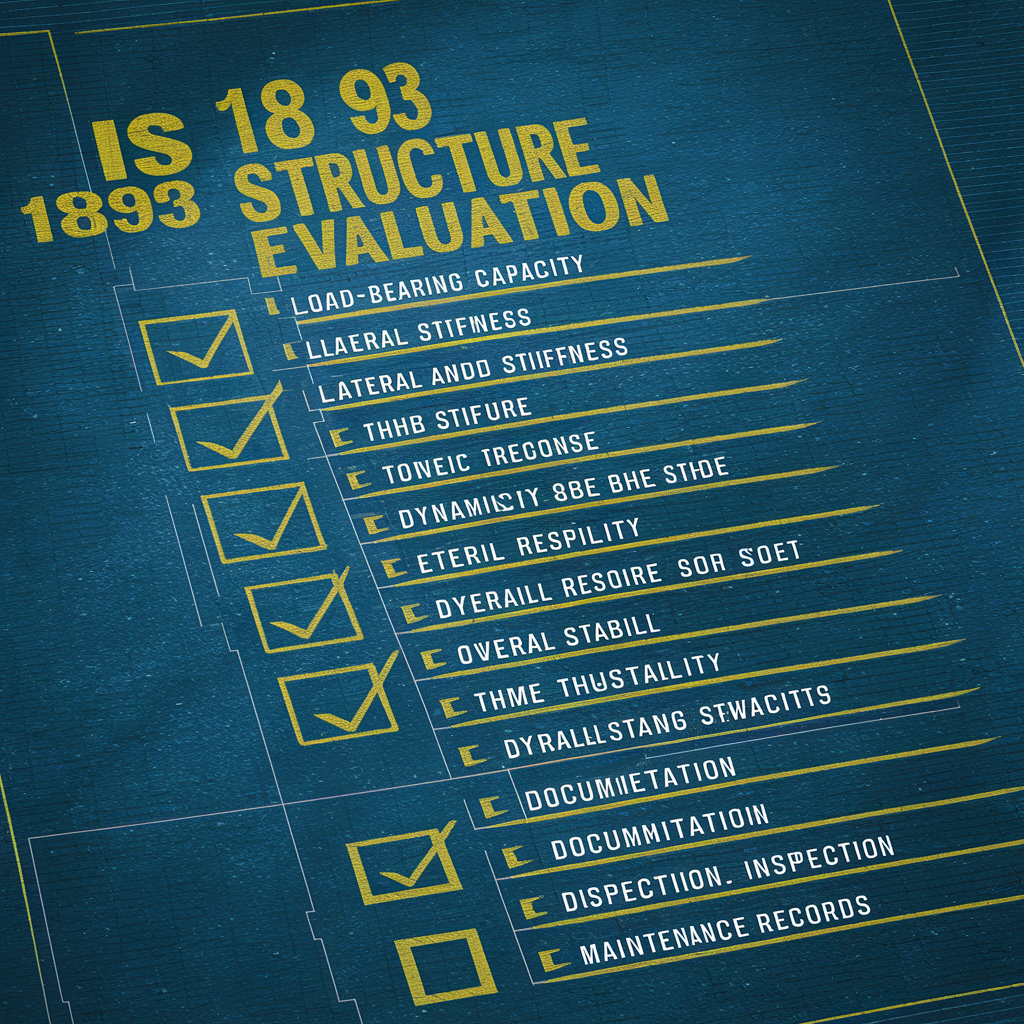
Automation Software for ETABS
Automation software for ETABS typically refers to specialized tools or scripts developed to automate various tasks or enhance functionalities within the ETABS (Extended Three-Dimensional Analysis of Building Systems) software package. ETABS is a widely used structural analysis and design software for building structures. Automation software for ETABS can significantly enhance productivity, efficiency, and functionality within the software, enabling engineers to streamline their workflows and achieve more accurate and optimized structural designs. Automation scripts can extract data from ETABS models and generate customized reports or documentation automatically. This can include analysis results, design outputs, or model properties.
Get Beam Results
Launch the ETABS software and open the model file (.EDB) containing the structural model you want to analyze. In ETABS, you need to specify the type of results you want to obtain for the beams. This can include forces, moments, deflections, stresses, etc. This is typically done in the analysis settings or options. Please note that the exact steps and options for retrieving beam results may vary depending on the version of ETABS you are using and the specific features and settings of your structural model. Always refer to the ETABS user manual or documentation for detailed instructions relevant to your version of the software.

Load Application Tools
In ETABS, Load Application Tools are used to apply various types of loads to the structural model. These tools allow you to define and apply loads such as dead loads, live loads, seismic loads, wind loads, temperature loads, and more. By using Load Application Tools in ETABS, you can accurately simulate and analyze various loading conditions to ensure the structural integrity and safety of the building or structure. Always refer to the ETABS user manual or documentation for detailed instructions on using Load Application Tools specific to your version of the software.
Load Combination Generator
In structural engineering, a load combination generator is a tool used to automatically generate various combinations of loads according to relevant design codes and standards. These load combinations are used to assess the structural response of a building or structure under different loading conditions. For each selected load type, you can define specific load cases representing different loading scenarios. These load cases include information such as load magnitude, load distribution, load duration, and other relevant parameters.
Checklist For IS 1893
IS 1893 is the Indian Standard code for criteria for earthquake-resistant design of structures. Obtain the design seismic coefficient (Z) and the response reduction factor (R) from IS 1893. Determine the design spectral acceleration corresponding to the site’s seismic zone. Perform dynamic analysis of the structure using appropriate methods recommended by IS 1893, such as response spectrum analysis or time history analysis. Consider the effects of soil-structure interaction, if applicable. Verify that the structure is capable of resisting the combined effects of all relevant loads.






